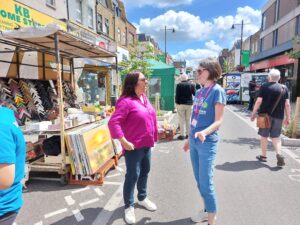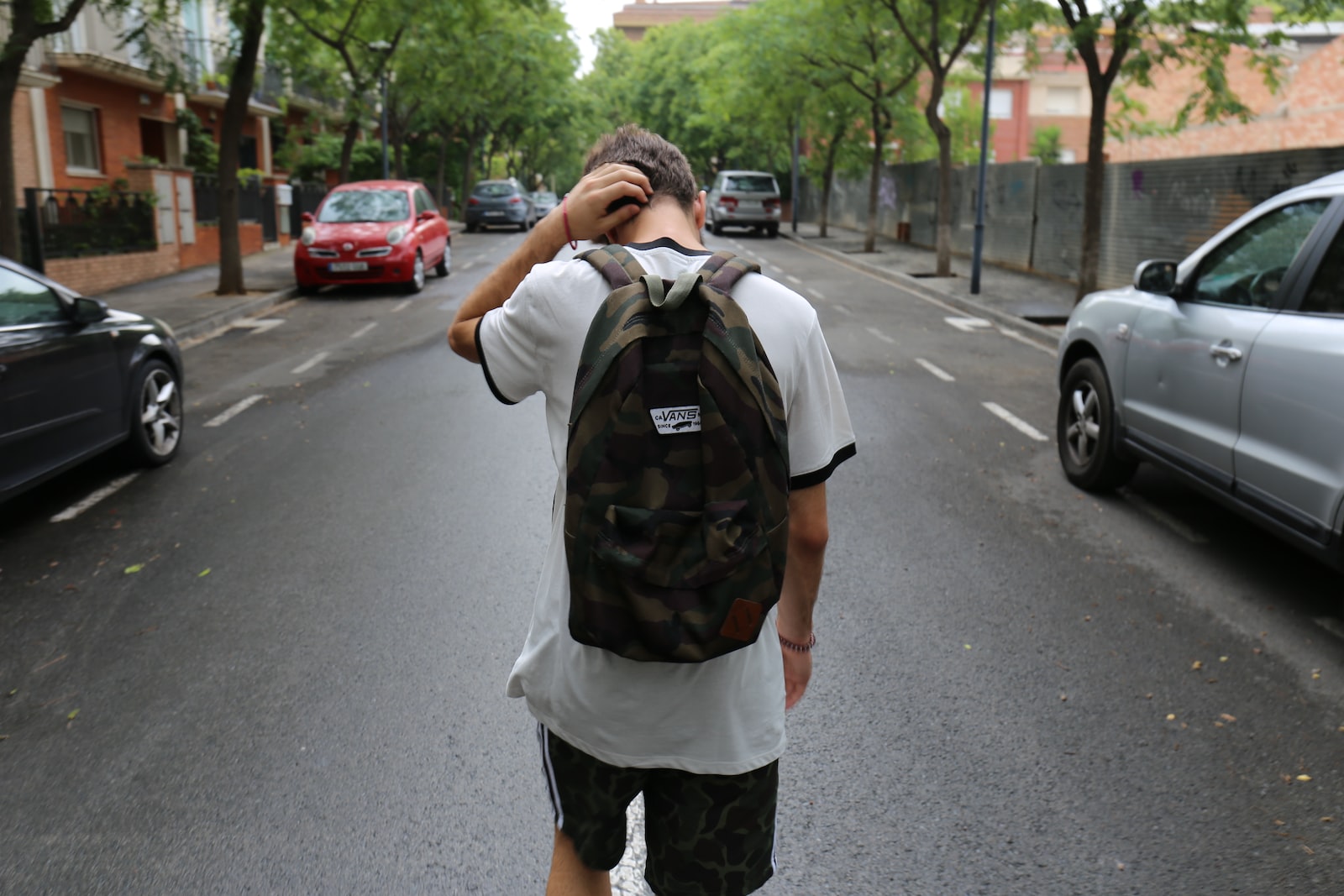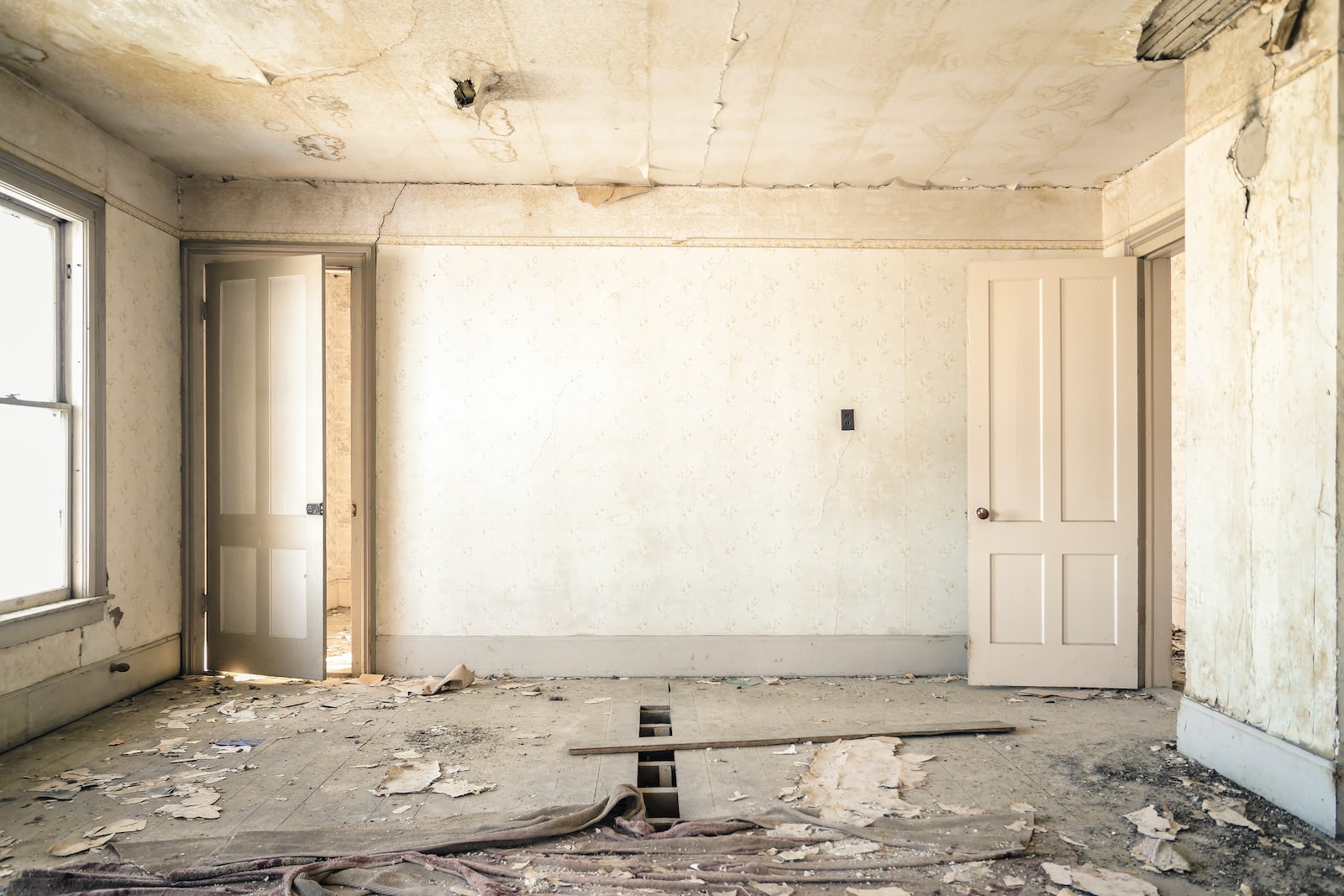Opinion: Young people are not safe in unregulated accommodation
Lucy Croxton, Policy, Public Affairs and Campaign Manager at Together Trust, expresses her views on the latest government guidelines which have been published outlining new standards for children living in supported accommodation.
Every year, one in four children entering the care system are aged between 16 and 17. The reasons they end up there remain complex and varied, but the majority have often experienced either neglect or abuse in their home.
To this day, the government believe young people are best served in foster or residential care, but occasionally states some children are ready for the independence that comes with either living alone in a bedsit or living in a shared environment with adults. These placements are known as semi-independent or unregulated accommodation.
Once thought of as an exceptional or emergency placement, the growth of unregulated accommodation has spiralled out of control. Between 2009 and 2019 the number of children living in these placements increased by 210%. As numbers are spiralling the cost and shortage of regulated care placements have become more a priority for the government, rather than focusing on delivering high-quality care for vulnerable young people.
The situation is a crisis. Now, there are almost as many 16 and 17-year-olds living in unregulated settings as there are living in regulated children’s homes.
Since 2022, the government has banned children aged 15 and under from being placed in unregulated accommodation. Yet, without justification, the ban has not been extended to 16- and 17-year-olds, despite 29 children dying while living in unregulated settings over the last five-year period.
In a House of Lords debate last week, Lord Invergowrie called it a ‘scandal’. Addressing the chamber, he asked the question: ‘Is it the best we can do for 16- and 17-year-olds who are in the care of the State, to put them in a bedsit on their own, or pay for them to live in a property with adult strangers?’
Yet the government is not only allowing this to happen, as a bystander might watch a tragedy unfolding, it is legalising and normalising the use of unregulated accommodation through new standards and guidance which it published last week, alongside a consultation that runs throughout the Christmas period.
The government says it is doing this because unregulated accommodation is ‘right for some’. But who is this ‘right for’?
According to the law, one of the principles which should underpin a transition for a person in care is: ‘is this good enough for my own child’. But no parent I know would feel reassured of their child’s welfare by visiting a bedsit or would wish for their child to have fewer rights than other children.
The government claims that the new regulatory regime represents a step in the right direction. Instead, I fear we are going backwards. Young people will now live in a place where there are four quality standards, but this is in comparison to the nine which exist for regulated children’s homes – a substantial drop.
There will be regular Ofsted inspections, although Ofsted will not visit every setting where a child lives and will instead conduct ‘provider level inspections’ every three years, in comparison to twice-yearly visits of regulated children’s homes.
Children will only live in caravans and barges in exceptional circumstances however, these placements have never been explicitly permitted before anyway.
There will be workforce and safeguarding standards similar to those in regulated children’s homes, with managers and staff needing DBS checks, but children living in unregulated accommodation may share a home with vulnerable adults, who do not appear to need the same checks.
The regulations introduced last week effectively split the care system in two. While the government may insist that ‘a rigid distinction between care and support would fail to capture the nuance of the varying needs and transitions that are a normal part of a child growing up’, it fails to recognise that this division is entirely State imposed.
16- and 17-year-olds are now divided both from other children in care aged 15 and below (who cannot be legally placed in unregulated accommodation), from each other and their care networks.
Worse, these dividing lines risk being made permanent by the new regulations. Over the last few decades placements once thought of as ‘exceptional’ have slowly become the norm. Will the same things happen with caravans and barges?
Finally, are we to accept that the government has decided not to take forward the recommendation of the Care Review, that ‘all children in care should receive care where they live by 2025?’ but taken on its narrative – that regulating is a step in the right direction.
All children must be entitled to care where they live. It is not a catchy slogan, and it is the opposite of a rigid distinction. It is a right, a safeguard, and something we must continue to fight for.
Photo by Nolan Issac and Jesús Rodríguez

















